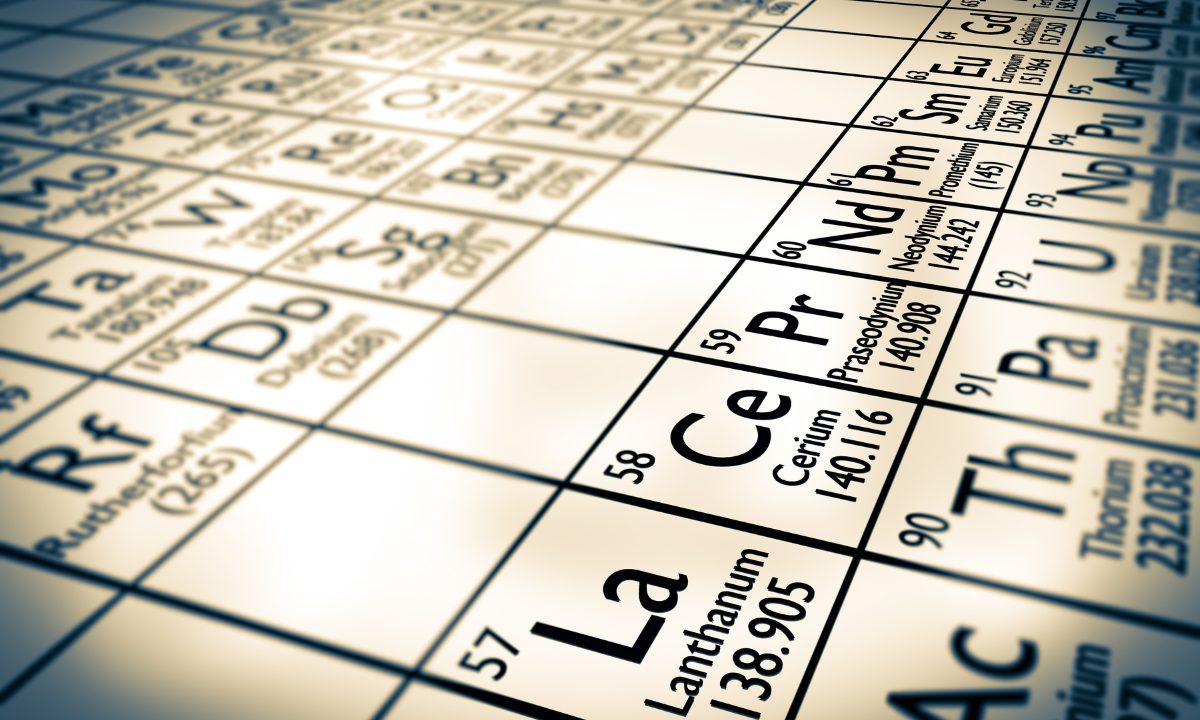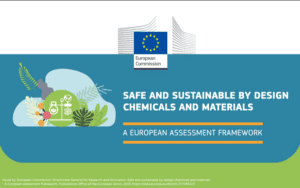The rare-earths are a group of 17 chemically similar elements, which include the metals of group 3 of the periodic table (scandium and yttrium) and the 15 lanthanides (lanthanum to lutetium). The term “rare-earth” dates back to the 19th century or maybe a bit earlier, when only the deposit in the Ytterby region (Ytterby Gruva), Sweden, was known. Today, the name “rare-earth” is misleading, because these elements are more abundant than their name would suggest (Cotton, 2006). Thus, cerium, which is the most abundant rare-earth element in the Earth’s crust, is more common than copper. Today, many rare-earth mineral deposits are known in many parts of the world. However, they are not equally distributed.
Rare-earths were and still are considered exotic elements to a certain extent. They are not only found at the bottom of the periodic table but also receive little attention in most university courses. Thus, even most professional chemists know little about these elements. Correspondingly, the significant potential of rare-earth element compounds remained largely recognized only by experts for many years. Suddenly, this situation changed dramatically around 2009, when the People’s Republic of China reduced their supply of rare-earths. This event is sometimes called the “Rare-Earth Crisis” (Chen et al. 2019). Until today, PR China dominates the rare-earth supply chain not only in mining but more significantly also in refining.
Although the broader public and even most chemists are not familiar with the names of the rare-earths – like neodymium, gadolinium, and terbium – they are very familiar with the products that they are used in because rare-earth based materials are a critical part of our daily life and they are part of modern electronics. They are found, for example, in many high-tech devices such as smartphones, televisions, computers, lasers, missiles, camera lenses, fluorescent light bulbs, catalytic convertors, batteries, magnets, and contrast agents, to name only a few applications (Rohrig, 2015). Some typical examples are outlined here in greater detail: Permanent magnets, such as Nd2Fe14B, are essential for the electromobility since they are not only embedded in electro motors but also in generators of modern windmills in large scale (Brown et al. 2002). Another example where rare-earths are crucial comes from the field of medicine. For magnetic resonance imaging (MRI), (Kaltsoyannis et al. 1999), the rare-earth element gadolinium is used as a contrast agent. MRI has become one of the most powerful techniques in diagnostic clinical medicine and biomedical research by providing high-resolution three-dimensional images of water distribution in vivo. Besides the magnetic properties, rare-earth ions are also applied in everyday life devices as phosphors, e.g., white light-emitting diodes (LEDs) rely on europium-based phosphors. The photoluminescence of rare-earth compounds is also applied as a security feature of Euro banknotes (Suyver, 2002). A combination of the optical and magnetic properties can be found in smartphones.
In summary, rare-earth elements are already an indispensable component of numerous high-tech devices today and they are also expected to play a big part in the future. Since it is expected that the demand for rare-earths is increasing in the future, e.g., for wind turbines and electric motor technology, the EU has listed the rare-earth in the Critical Raw Materials Act.
In light of this, EuChemS organised a dedicated event at the European Parliament on 14 May 2025 to highlight the strategic importance of rare earth elements and their role in advancing Europe’s green and digital transitions. Read more about the event here.
Sources:
Cotton, S., (2006). Lanthanide and Actinide Chemistry, John Wiley, Chichester.
Chen, Y., Zheng, B., (2019). Sustainability, 11, 1288.
Rohrig, B., (2015). ChemMatters, April/May pp.10-12.
Brown,D., Ma, B.-M., Chen, Z. (2002). J. Magn. Magn. Mater., 248, 432-440.
Kaltsoyannis, N., Scott, P., (1999). The f Elements, Oxford University Press, Oxford.
Suyver, J. F. M., A., (2002). Chemisch2Weekblad, 98, 12-13.



